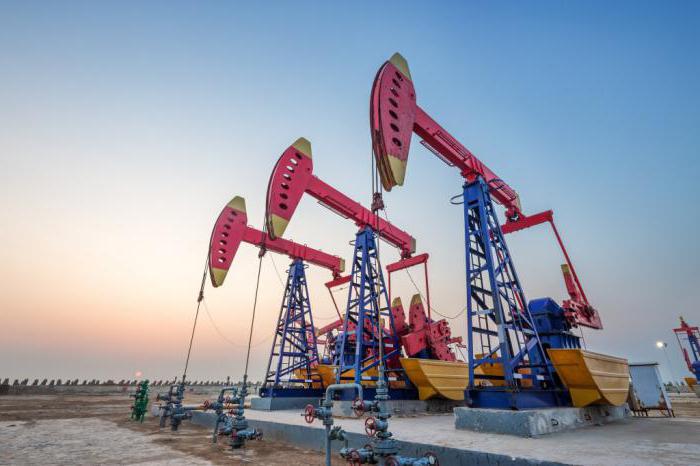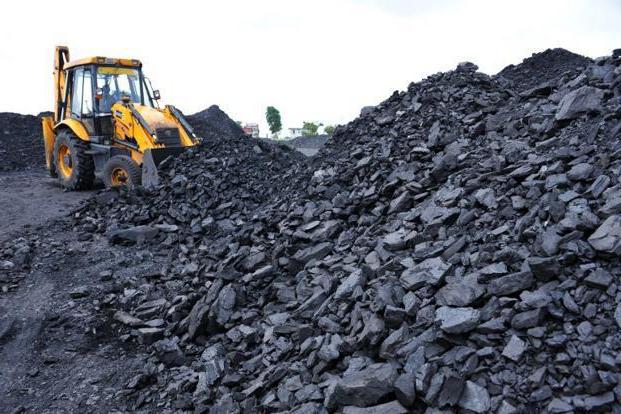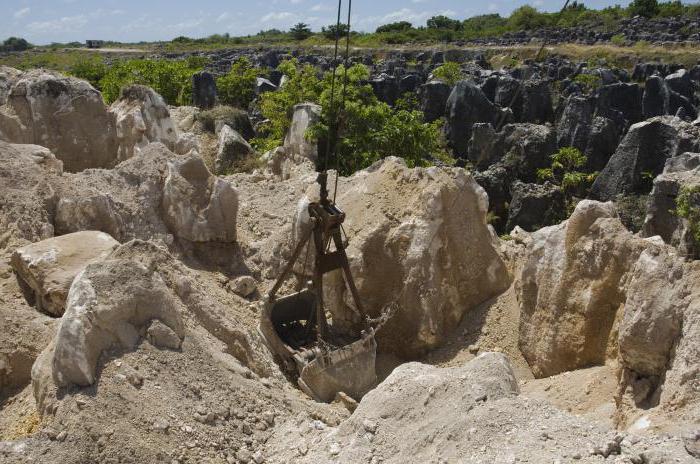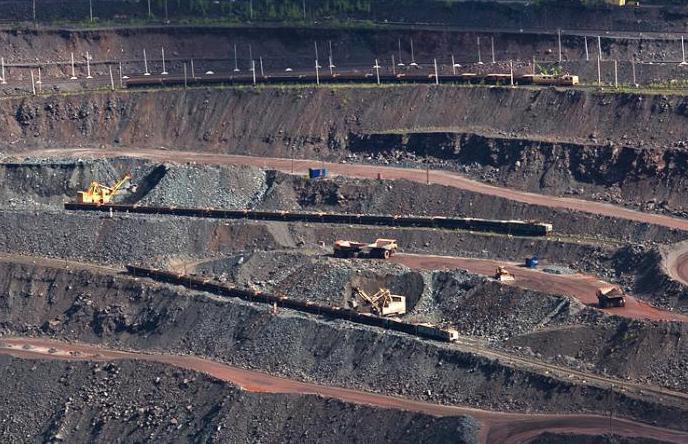Minerals are formations formed as a result of changes in the lithosphere, which are widely used in various industries. Each country boasts their availability. From this article you will find out what common minerals can be found almost everywhere, what they are called and look like.
Common minerals
Anyone from school is familiar with names such as natural gas, coal, peat, oil and others. All of them are widely used to provide countries with energy and are very important resources. Their competent use can help to improve the economic development of a state. Common minerals, the list of which may take more than one page, as a rule, have many familiar names. Here are some of them:
- Oil called black gold - It is an oily black liquid that has a pungent odor. It is used for the production of gasoline, kerosene, ethyl alcohol and other substances that a person uses in everyday life.

- Limestone, or shell rock, according to one version, it was formed from the fossilized remains of ancient animals. It is widely used in construction and is used to create concrete.
- Peat is a combustible fossil of nature. It serves not only as an excellent fuel and fertilizer, but also performs a cleaning function. Various heavy metals are absorbed by peat, and the natural water containing them is thus purified.
Classifications
Common minerals were divided by scientists into several groups, depending on which area of production are used and what is their qualitative composition, in what state of aggregation they are. In addition, their classification depends on the degree of knowledge. Here are some of them:
- By state of aggregation. They can be in solid, liquid and gaseous state. Coal and various ores are solid common minerals, oil is liquid, and natural gas, respectively, is gaseous.

- According to the method of use. They can be used in production as fuel, raw materials for the chemical industry, noble, ferrous or non-ferrous metals. Each of them needs its own processing technology.
- By metallic and non-metallic properties. Some minerals hidden in the bowels of the earth are suitable for extracting metals from them, while others are not.
The most famous classification of minerals
Although there are so many different classifications, people tend to use the simplest. So here it is:
- Combustible. The name of this type of natural resources speaks for itself: those minerals that are included in this list are valued for their good combustibility. Most often they are used as fuel resources. These include peat, coal, oil, shale and natural gas. On the other hand, such common minerals can be dangerous: their combustion processes are unregulated.
- Ores. They contain one or more metals in such a percentage that they are conveniently removed from the formation. These include iron, copper, nickel, tin and other ores.

- Some people wonder: what is a non-metallic common mineral? The concept, examples of which you will find in this article, means that it is impossible to extract metal from this formation. This classification item includes phosphorite, sulfur, marble, limestone, granite and even various stones such as emeralds, malachite, turquoise and agate.
These are the types of minerals that are most often used in production.
Common Mineral Deposits
Some of their species are formed differently in different places on our planet.
- Metamorphogenic deposits. This phrase means that the fossil was formed by modifying existing rocks. As a result of processing, various metals were obtained, for example, gold, manganese, as well as some non-metals such as graphite, apatite and marble.

- Exogenous deposits. Sulfur, phosphorites, and other minerals were formed as a result of geological changes that deform the upper layer of the earth's crust, for example, erosion and weathering.
- Endogenous deposits. Fossils were formed as a result of deformation of the inner layer of the lithosphere, for example, the movement of magma.
Ways to use
The use of common minerals depends on where a particular deposit was found, what type the found rock or mineral belongs to, and many other factors. However, there are several ways to use them that are common throughout the world.

First of all, this is the use as fuel in its pure form or the creation of fuel. It is produced from oil and peat, oil shale and natural gas and other minerals that quickly ignite. In addition, raw materials for the technical and chemical industries are also obtained from various rocks and minerals. Granite, limestone are used as materials for construction. Metals are smelted from ores, which are subsequently used in various industries, and common salt is processed and used by people for food.
Minerals of the world
One of them is coal. Some countries, on the territory of which the largest number of its explored deposits are contained, compete for the right to be called the richest coal country. Among them are Russia, the United States of America, China, Australia, Ukraine, Great Britain and even Kazakhstan.
Black gold, or, to put it less metaphorically, oil, is also one of the most common minerals. Best of all, its reserves have been explored by states such as Saudi Arabia, Russia, Iran, Mexico, the United States of America, China and Norway.
Natural gas is widely used as a fuel resource. To a large extent, its reserves were explored in Russia, Iran, Saudi Arabia, the USA, Venezuela, Nigeria, Iraq, China and the Netherlands.
Minerals of Russia
Being one of the richest countries in terms of area, the Russian Federation has a huge amount of natural resources, the deposits of which are located on its territory. Common minerals of the Russian Federation, which are within its borders, are oil, gas, coal, aluminum, potassium salts and others.

The largest coal deposits are located on the territory of our country, for example, the Kuznetsk and Pechora basins. Oil and gas are produced in the Baltic and Anadyr oil and gas regions. Shales are obtained in the Siberian basin near the urban settlement of Olenek, peat - in Vasyugan, which is also the most wetland in Russia, and iron ore - in the Kursk Magnetic Anomaly.
Many mineral reserves located in the Russian Federation are explored only superficially, which means that our country has a huge resource base, the wealth of which has yet to be discovered!